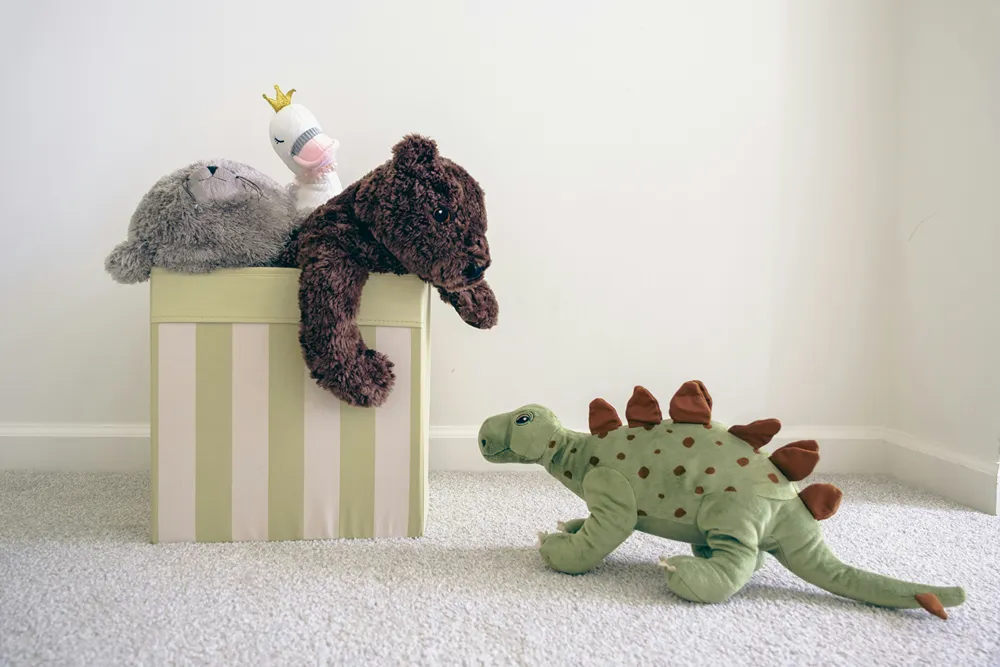How to Know If Your Teen with ADHD Needs Executive Function Coaching
Parents of bright teens with ADHD know this cycle well. You see their potential and creativity. Nonetheless, you also notice the skipped work, frantic exam preparation, and disarray. This gap between their capability and their academic performance isn’t about a lack of effort.
It is a direct result of how ADHD impacts the brain’s executive functions. These are the critical skills that act as our internal “management system.”
The impact is significant. Research consistently shows that college students with ADHD often have GPAs about half a grade lower than their peers. Here we will explore how such challenges manifest and how executive function coaching can empower your teen.
The Common Hurdles: Recognizing ADHD-Driven Executive Function Gaps
The Procrastination and Task Initiation Wall
Does it ever seem like your teen can focus for hours on something they love? Yet, starting a simple homework assignment feels impossible. This is not defiance. It is a common challenge with task initiation. For ADHD teens, starting tasks that are not engaging is genuinely hard. It is not that they do not care. Their brain just works differently. That is why things often get delayed until the last minute. It rarely reflects what your teen truly knows.
The Challenge of “Time Blindness”
Your teen is not being dishonest when they say an essay will only take an hour, and it ends up taking all night. Many with ADHD struggle with “time blindness.” It’s an internal clock that does not track time accurately. This makes planning ahead, whether for next week’s exam or next month’s project, feel distant. It is a constant race against a clock they can’t properly see.
Navigating Emotional Overload
The emotional fallout from these constant struggles is often the hardest part to watch. A forgotten assignment or a poor grade on a quiz isn’t just a small setback for your teen. It can feel like a massive personal failure. This can trigger a sudden storm of frustration or cause them to shut down completely. This is not just “teen angst.” It is a core challenge of ADHD’s impact on emotional regulation. This is where executive functioning coaching can be a game-changer. It helps your teen understand their emotions and take clear-cut steps to stay in control.
Why is Executive Function Coaching Important for ADHD Teens
Think of an executive functioning coach as an architect for your teen’s success. ADHD can make it challenging for your teen to keep things organized independently. A coach helps set up an outside system that makes managing tasks easier. This is not a standardized program. They work as a team to find what really clicks. This could be an app, a planner, or an easy routine that makes school or college feel more manageable.
The real value of great coaching lies in building self-awareness. It is a process where your teen learns how they think. They also begin to own their strengths. Due to this, they feel empowered to ask for what they need to thrive. The goal extends way beyond schoolwork. It is about fostering a sense of capability that prepares them for the road ahead.
The Payoff: Real-World Benefits for Teens with ADHD
From Overwhelmed to In Control
By breaking overwhelming tasks into achievable steps, coaching eases teen anxiety. With practical planning and organizational tools, they gain momentum and a stronger sense of control. Each small success replaces the feeling of falling behind with confidence. This leads to a significant drop in stress for the entire family.
Fostering True Independence
As a parent, you cannot guide your teen through every step of life. Executive function coaching helps them build the skills to succeed on their own. It turns overwhelm into manageable steps. It teaches them to stay on top of responsibilities. They gain confidence for what lies ahead.
Boosting Confidence and Resilience
Grappling with everyday tasks can make your teen doubt themselves. They may believe they are “lazy” or “just not smart enough.” Coaching helps them achieve small, consistent wins. This shows that their challenges are about skills, not character. Such a shift builds confidence, benefiting your teen and your family.
The Path from Coping to Thriving
Viewing executive functioning coaching as a proactive investment is key. It moves your teen beyond just coping with ADHD. It helps them harness their unique strengths and build confidence. This empowerment enables them to create a successful future and realize their full potential.













